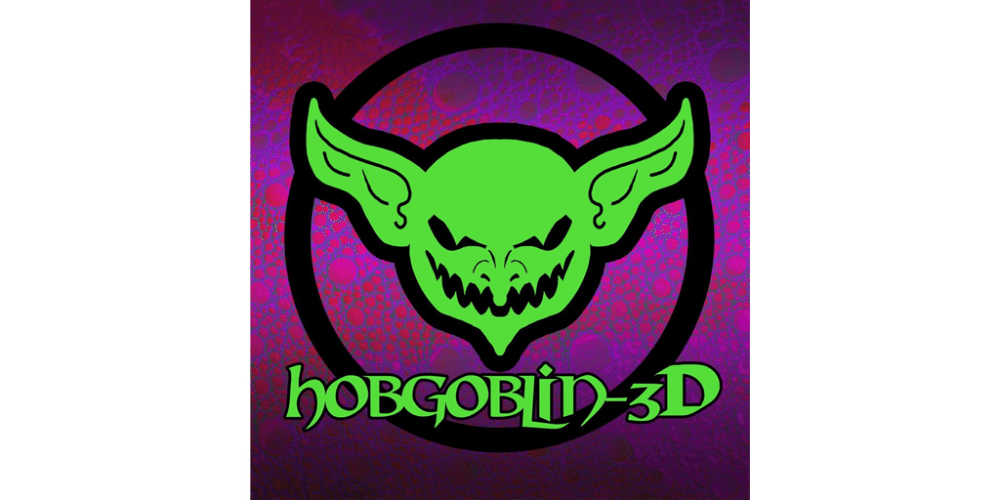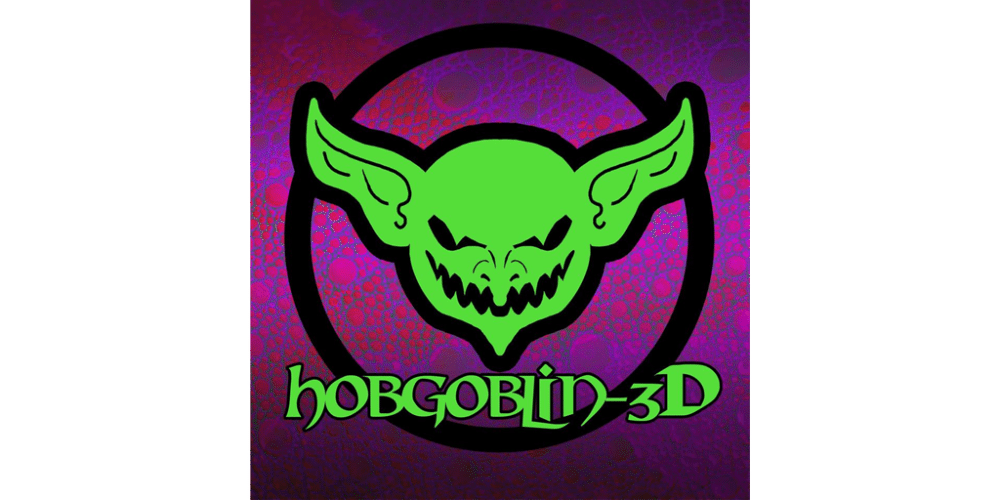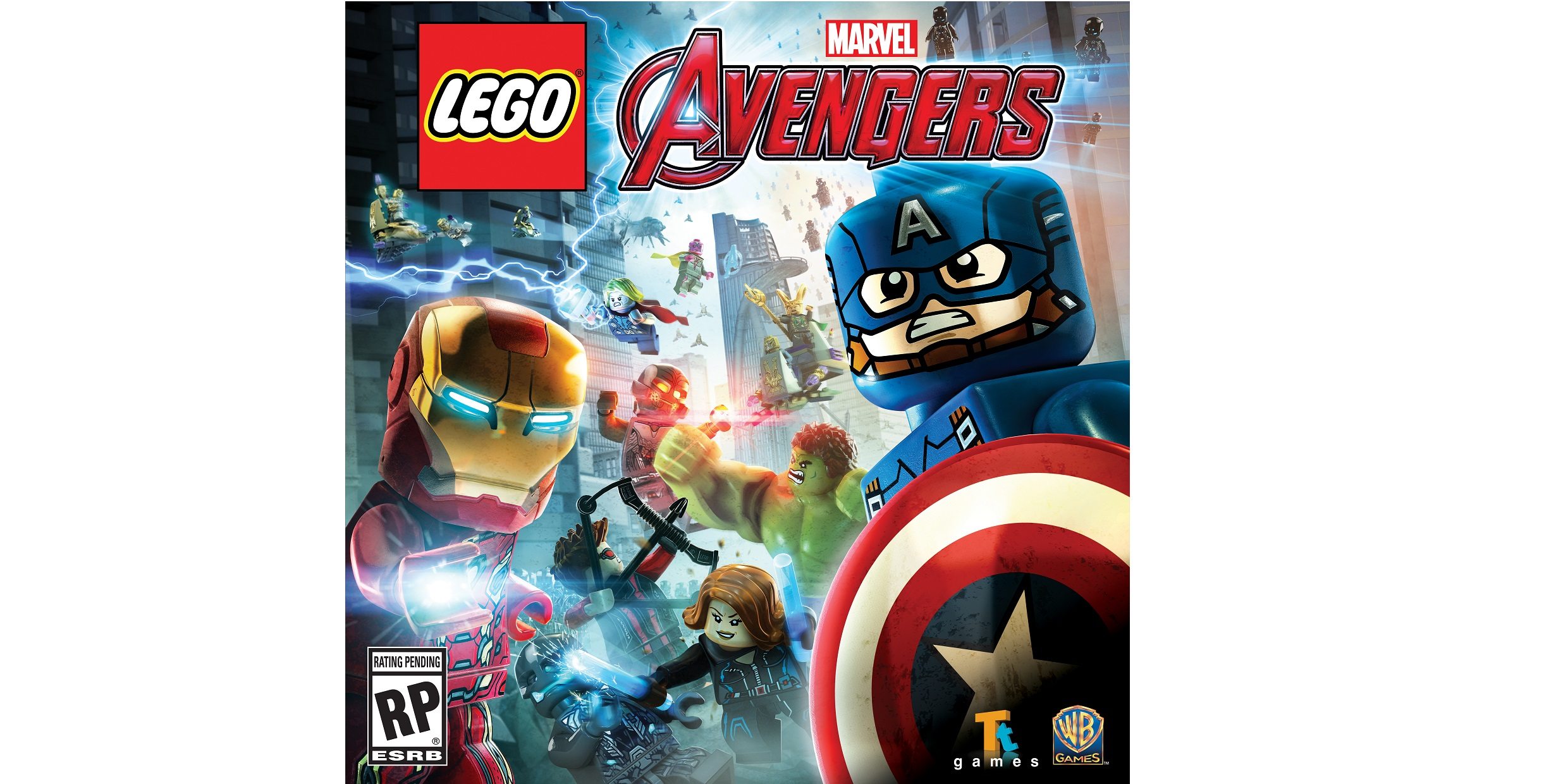
In a house of Dungeons and Dragons lovers, accessories can become an obsession, or a total distraction. When I started my kids with D&D, we started really simple. Quick maps, LEGO minifigs (so we didn’t have to find the “perfect” match), and rough descriptions have carried us through many a gaming session. But lately, I’ve realized they’re looking for increased sophistication. Adding traditional miniatures was a only minor improvement, so I looked for more options. Very quickly, 3D printing showed itself to be the best option. Thanks to the creators at Hobgoblin 3D, it was easy to start.
Hobgoblin 3D has dozens of well designed patterns to share with the tabletop community. The patterns range from $1.49 (single patterns) to $14.99 (collections), and range from coffins to portals. I’d like to show you some of my favorites, and some ways to use them.

First, every good dungeon crawl deserves some treasure. The Hobgoblin 3D team has designed 3 great coffers. The first is a 2-piece coffin with peg closures. The pegs mean the coffin is easy to open, but that it stays closed when it’s stood up. It’s a great container for putting miniature treasure in. The second container is
pre-filled.” The lid is on a hinge, which is stiff enough to be able to position it at any angle. The third container is a smaller treasure chest with a snap-on lid. I like this one because my son likes to smash treasure chests, rather than pick them open. The removable lid means that there is “debris” to be placed.

Next are context decorations. From left to right, we have: storage urns, potato sacks, a brazier, and satchels. These are great for a number of uses. The urns, when painted, make a great pile of treasure, as do the satchels. The sacks of food and the brazier add domestication to any setting. The brazier can be a kitchen firepit, or it can be cold, marking an abandoned shelter. The potato sacks are great for cellars and larders, for any species.

This throne piece is one of my favorites. When you print it, it will be in two pieces. It’s easy to attach them securely, thanks to the keyhole design on the bottom of the seat. A little adhesive does the trick. The reason I like it so much is that it’s easier to paint the two pieces separately. You may have noticed, there’s a skull theme, which I think is fun. It adds a sense of antiquity, especially when matched with the broken throne in an abandoned castle.

Here are a selection of the Hobgoblin 3D prints, with a minifig for scale. New in this picture are the dining table, a barrel, and a smaller table, just behind the large treasure chest. As you can see, everything is just a bit too small for a LEGO minifig. The 28mm scale, which is standard to use with miniatures, is consistent with other items you can print or purchase for your D&D session.
Regarding quality, I cannot be more pleased. The pieces are well designed, look nice when painted, and are unlikely to break, even when someone steps on them. Unfortunately, this has been tested. Fortunately, the chest was totally fine. The best part, of course, is that you can always print another. That’s the beauty of 3D printing. You can always recreate something you’ve printed in the past.
The patterns are optimized for the original Prusa i3 Mk2 printer, but I like the Monoprice Select Mini, myself. Both printers use 1.75 PLA, and can be set to print each piece to the specifications in the instructions for each pattern. Hobgoblin 3D even gives some great advice on getting the best print each time, taking out nearly all of the guesswork that can plague 3D printing for beginners.
Hobgoblin 3D patterns are for sale at rpgnow.com and pinshape.com. Their Facebook team is responsive, so check them out, and get printing!





been wanting to get into the 3d printing game, but curious about cost.. About how many miniatures can you get out of a spool (filament?), and how much do the spools cost?
Spools vary considerably. Let’s assume a 1KG spool. That spool will have roughly 300 meters on it. The Grand Chest above (with the hinge) uses about 4118mm of filament. That means you could make roughly 75 chests with one spool. (http://amzn.to/2jRfrJm) That filament costs 20 bucks, is great for painting, and works with most 3D printers, unless you go out of your way to get a printer that uses a size other than 1.75mm.
I suggest this printer: http://amzn.to/2iz0B9g It’s the Monoprice Select. Perfect for minis, low cost ($200), and you can print patterns from tons of creators.
Doing some quick math, the cost of the printer and filament alone would cost you $220 for 75 minis. Buying that many minis new costs up to $500. The money you save can be used for paint and such, and you will get the best miniature every time. If you don’t like painting, you can just print in different colors (there are hundreds), and you’re done.
Hope that helps.
Great, informative article and gorgeous models!
Awesome article! I didn’t know places like hobgoblin existed and so well priced too :D.
Do you have any material recommendation for learning how to use the Monoprice Select Mini? Just got mine in the mail about a week ago and the spool of white PLA a few days later, but the models keep coming out not quite right lol.
Also, where do you get your mini patterns? I’m looking for an aasimar and can’t even find basic models to print.